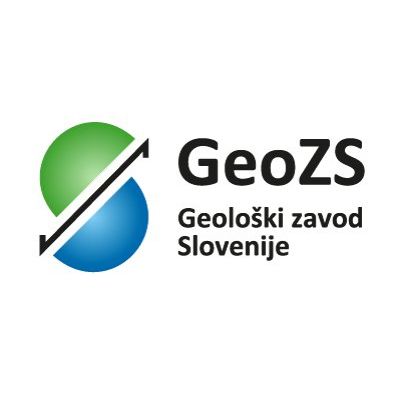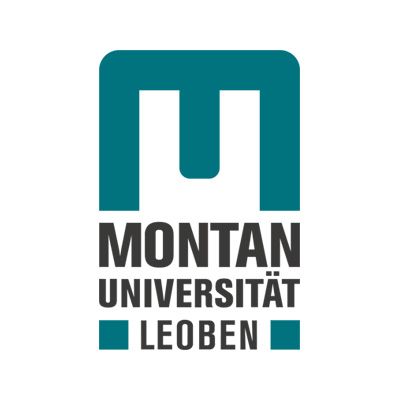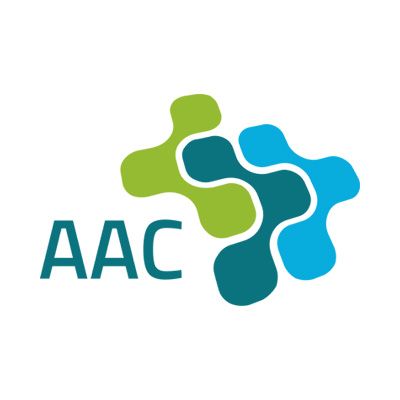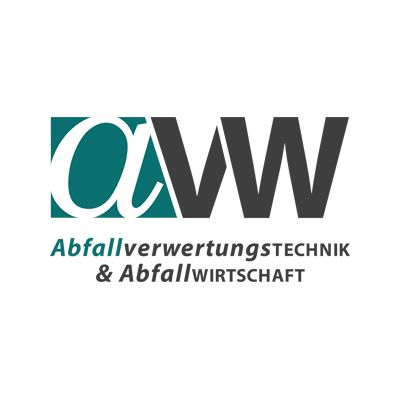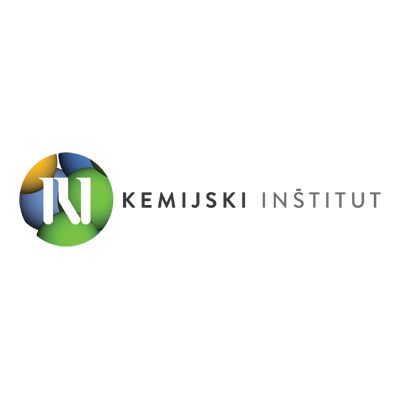Holistic geochemical tracking of

In the project MURmap, new scientific knowledge of the environmental geochemistry of conventional and modern inorganic pollutants is obtained on a European river catchment on the example of the Mur/Mura River. In the following, a holistic approach towards cross-border geochemical elemental and isotopic tracking of the fluvial system and its tributaries will be carried out.
The project MURmap aims at the determination of:
- natural geochemical background of the catchment area
- historical and recent anthropogenic sources of chemical elements
- interaction of chemical elements between solid and liquid phases in different physical and chemical water conditions
- individual particles as carriers of specific pollutants
- differences in the elemental composition of water and sediments in high, medium and low water regime
- the potential contamination and baseline levels of emerging modern high-technology pollutants
- chemical and isotopic composition (based on XRF and MC ICP-MS) of drainage systems, including drainage waters and drainage sediments and
- at the establishment of sampling, analytical and data curation protocols for such a complex dataset. The obtained data and information will be
- merged into an easily understandable set of ecological indicators and maps. In three campaigns (May 2022, August 2022 and February 2023) water samples, suspended particulate matter, and alluvial and stream sediment samples are taken and processed to comprehensively characterize the Mur catchment area
Project abstract
MURmap - Holistic geochemical tracking of inorganic pollutants in the Mur/Mura River Catchment
Wider research context: New scientific knowledge to environmental geochemistry of conventional and modern inorganic pollutants will be obtained on a European river catchment on the example of the Mur/Mura River. Data acquired from this project will also serve as an expert knowledge baseline for potential improvement of regulatory framework for river waters and sediments, with an emphasis to emerging pollutants and technology-critical elements.
Objectives and methodological approach:
A holistic approach towards cross-border geochemical and isotopic tracking of the fluvial system and its tributaries will be carried out. The project will determine (1) natural geochemical background of the river’s catchment area, (2) the historic and recent anthropogenic sources of elements, (3) interaction between solid and liquid phases in different physical and chemical water conditions, (4) individual particles - carriers of specific pollutants, (5) differences in elemental composition of water and sediments in high, medium and low water regime (6) the potential contamination and baseline levels of emerging modern high-technology pollutants, (7) chemical and isotopic composition (based on XRF and MC ICP-MS) of drainage systems, including drainage waters and drainage sediments and will (8) establish a sampling, analytical and data curation protocols for such complex dataset. The obtained data and information will be (9) merged into easily understandable set of ecological indicators and maps.
Level of originality: The project will shed light to the processes between geosphere and anthroposphere interactions in the fragile system of Mur/Mura River. The potential of combined element fingerprinting, and isotope tracer approaches to elucidate natural and anthropogenic processes in a complex river system will be demonstrated.
Primary researchers involved: The project combines geology/geochemistry, analytical sciences, environmental sciences and waste management. MURmap is based at the Slovenian Geological Survey GeoZS (PI: Dr. Gorazd Žibret, Dr. Polona Kralj, Dr. Robert Šajn, Dr. Miloš Miler, Dr. Meta Dobnikar, Dr. Klemen Teran, Emil Pučko, Mladen Štumergar, the National Institute of Chemistry (NIC) (Kristina Mervič, Dr. Martin Šala, Dr. Samo Hočevar) in Slovenia as well as the the Montanuniversität Leoben (MUL) in Austria (PI: PD Dr. J. Irrgeher, Prof. Dr. T. Prohaska, Assoz.Prof. Dr. D. Vollprecht).
The project is financed by the CEUS program (ARRS – FWF)
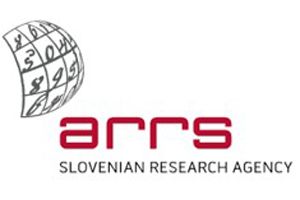
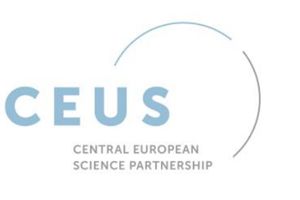
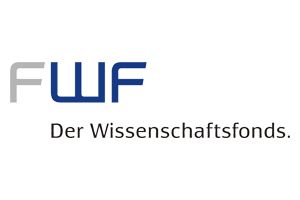
Project duration: February 2022 – January 2025
-
Austrian Science Fund FWF Stand alone Project:I 5491
-
The project is financially supported by the Slovenian Research Agency:project number J1-3023



